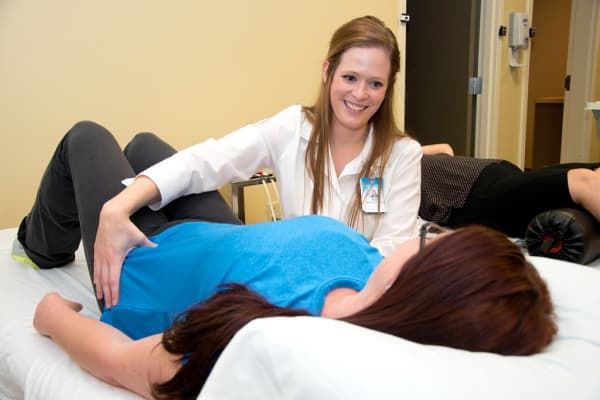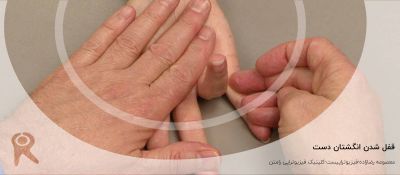Different types of biofeedback
The practice of biofeedback has developed markedly over the last few years, and many different forms of feedback are currently employed in the clinical setting. The most commonly used forms of biofeedback therapy are:
- Electromyography (EMG), measures muscle tension
- Thermal biofeedback, measures skin temperature
- Neurofeedback/ electroencephalography (EEG), measures brain wave activity
- Electrodermography (EDG), measures skin electrical activity
- Heat Flux, measures the rate at which heat is being dissipated from body
- Pneumography, measures abdominal/chest movement when breathing
- Capnometer, measures end-tidal CO2
- Hemoencephalography, measures the differences in the color of light reflected back through the scalp based on the relative amount of oxygenated and unoxygenated blood in the brain
- Photoplethysmograph (PPG), measures peripheral blood flow, heart rate, and heart rate variability
The wide range of inputs means that many applications can be developed from the existing equipment. The limits to biofeedback applications are largely with the therapist. Given an understanding of the basic principles of the therapy in combination with a clinical understanding of the patients problem, there are many novel applications for the therapy. Given the limited scope of this document, the following consideration will focus exclusively on EMG Biofeedback.
Mechanism of Action
The autonomic nervous system regulates the functioning of the organs and functions of the body like breathing and heart beating. It isn’t dominated by our will, but it reacts to our mood. There are two major components of the autonomic nervous system, the sympathetic and the parasympathetic systems. The parasympathetic works in particular at rest and recuperation while the sympathetic works at efforts. Due to chronic stress the autonomic nervous system can function worse, consequently the regulation of the body may get disrupted and an imbalance between the two systems may arise.
Biofeedback as a Component of Treatment
It is important at the outset to emphasize that biofeedback is not at its most effective when used as a treatment in its own right, but should be integrated with other therapeutic interventions. It acts as an enhancer of the therapy, enabling the patient (and the therapist) to make more effective and rapid progress towards the rehabilitation goal. Furthermore, it is useful in that it helps the patient to reduce their reliance on the therapist and become more reliant on their own performance. Clearly this is not fully achieved if the patient becomes reliant on the machine instead of the therapist! It can be used effectively to enable the patient to take some control or ownership over their rehabilitation - empowerment is an often used phrase in this context. The key to success of biofeedback in rehabilitation is to use the device as an adjunct to therapy, to enable the patient to gain control without reliance on the therapist, and once gained, to maintain control without either the therapist or the machine. This approach is entirely in keeping with the general aim of modern physiotherapy, and the technology is an aid to the outcome, not a magical solution.










